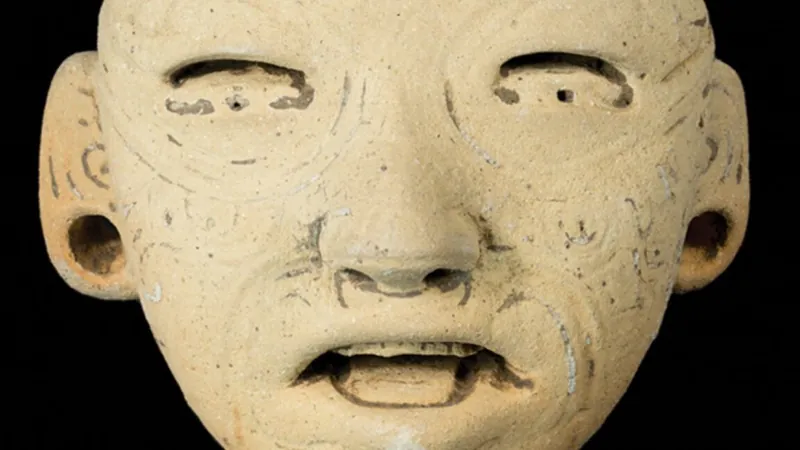
Groundbreaking Study Reveals Bonobos Share Astonishing Language Traits with Humans!
2025-04-05
Author: Jessica Wong
In a remarkable discovery, researchers have uncovered that bonobos, the most expressive of the great apes, exhibit vocal communication that bears striking similarities to human language. Known for their diverse array of high-pitched calls, bonobos utilize everything from loud whistles and hoots that resonate through the dense jungle to intimate “peeps” and grunts used during close interactions. Interestingly, their vocalizations operate at an octave higher than those of their more rigid cousins, the chimpanzees.
A recent study conducted by scientists from the University of Zürich and Harvard University has taken a deep dive into the communication patterns of wild bonobos. Analyzing over 700 recordings of bonobo vocalizations, the research team identified more than 300 contextual elements correlating with the noises produced by these remarkable primates. What's truly incredible is that the structure of bonobo calls demonstrates a level of complexity and composition reminiscent of human language.
In linguistic terms, the study highlights that bonobo vocalizations showcase a phenomenon called compositionality, which is the ability to combine a limited set of call types into meaningful structures. This concept is divided into two categories; trivial and nontrivial compositionality. Trivial compositionality retains the individual meaning of each component, while nontrivial compositionality involves interactions between words that alter their meanings.
Through their research, the scientists have proven that bonobos engage in both types of compositionality, illuminating their linguistic abilities. For example, a bonobo might emit a nuanced peep before releasing a whistle to signal tense social situations, a behavior echoed in human communication when conveying emotions or urgency.
What makes this research groundbreaking is not only the affirmation that bonobos use sophisticated vocal patterns, but also the implications it holds for our understanding of language evolution. As our closest living relatives, sharing approximately 98.8% of our DNA, studying bonobos offers invaluable insights into how human language may have developed from simpler forms of communication.
These findings raise numerous questions about the nature of animal communication and its relationship with human language. Could further exploration of bonobo calls reveal even more about the roots of our linguistic capabilities? As researchers continue to probe the depths of bonobo communication, the possibility of unlocking the mysteries of our own language evolution seems tantalizingly close. Stay tuned for more astonishing revelations from the world of animal linguistics!






 Brasil (PT)
Brasil (PT)
 Canada (EN)
Canada (EN)
 Chile (ES)
Chile (ES)
 Česko (CS)
Česko (CS)
 대한민국 (KO)
대한민국 (KO)
 España (ES)
España (ES)
 France (FR)
France (FR)
 Hong Kong (EN)
Hong Kong (EN)
 Italia (IT)
Italia (IT)
 日本 (JA)
日本 (JA)
 Magyarország (HU)
Magyarország (HU)
 Norge (NO)
Norge (NO)
 Polska (PL)
Polska (PL)
 Schweiz (DE)
Schweiz (DE)
 Singapore (EN)
Singapore (EN)
 Sverige (SV)
Sverige (SV)
 Suomi (FI)
Suomi (FI)
 Türkiye (TR)
Türkiye (TR)
 الإمارات العربية المتحدة (AR)
الإمارات العربية المتحدة (AR)